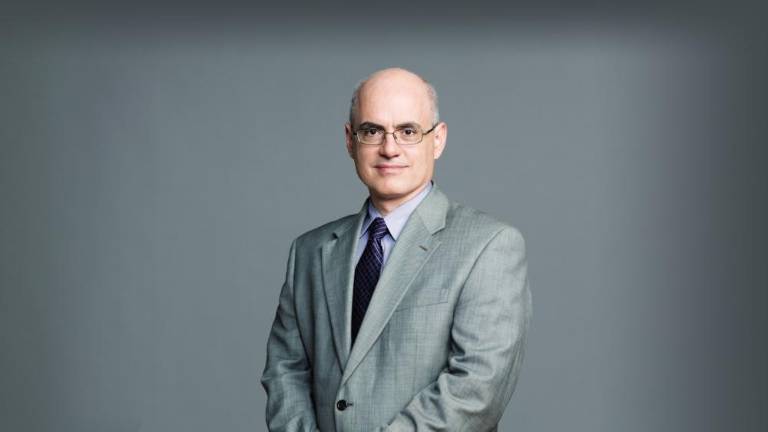Learning to Live after COVID-19
Rehabilitation is crucial for those recovering from coronavirus

When it comes to medical jargon, these past three months have certainly expanded the list, starting with the microbe SARS-CoV-2 (severe acute respiratory syndrome coronavirus 2) and COVID-19 (coronavirus disease 2019), the illness it causes.
Here are two entries more for the lexicon: PICS and PICS-F. The first stands for post intensive care syndrome; the second for the effects of PICs on a patient’s family.
As every medical professional knows, spending time in an intensive care unit (ICU) can leave a patient with both physical and emotional problems. Add a ventilator and the problems multiply.
Even if the patient survives, statistics show lingering physical and psychological effects not just for him but for his family members, as many as three of every ten of whom will be anxious, stressed and depressed.
Three years ago, to reduce the PICS’s effects on the patient, respiratory specialists at the Super Specialty Hospital in New Delhi (India) proposed an alphabet of prevention for the critically ill while they are still in the ICU:
Awakening (using light or minimal sedation);
Breathing (spontaneous breathing trials);
Coordination of care and communication among various disciplines;
Delirium monitoring, assessment, and management;
Early ambulation in the ICU.
Now, as thousands of COVID-19 patients slowly recuperate, what matters most is rehabilitation.
The most common problem after a relatively long time lying motionless in bed is likely to be weakened muscles. That means recovering patients will have to repeat the childhood experience of learning how to walk without toppling over while having a hard time catching their breath because time on a ventilator can leave a person gasping if he tries to walk quickly.
Manhattan Democratic district leader Louise Dankberg can attest to that. Her rendezvous with COVID-19 cost her nearly two months in Bellevue Hospital, which has treated and successfully released more than 1,000 COVID-19 patients. When rehab began, she says, it was “three steps, then 20 steps, and now, sooner than later I hope, a marathon.”
Damage to Organs
Other problems are invisible but real.
Even mild or moderate COVID-19 disease appears to produce abnormal liver function tests and imaging scans that show damage to various organs. And then there’s the brain, which is exquisitely sensitive to sedatives and to the oxygen deprivation that may occur when a patient is sick enough to need a ventilator.
The result, says Amy Bellinghausen, a pulmonary and critical care fellow at the University of California, San Diego, can be long lasting effects on memory and thinking. To which Joshua Morganstein, MD, chair of the American Psychiatric Association Committee on the Psychiatric Dimensions of Disasters, adds appropriate stress and anxiety which, he says, will likely resolve over time.
Back at the walking and breathing stage, reclaiming one’s “normal” requires exercise, physiotherapy, occupational therapy, symptom management and constant follow up for some time after the initial recovery. The British Chartered Society of Physiotherapy says this is particularly important for those whose rehabilitation may have been interrupted by general or self-set quarantines and need to have access to rehab services in the community after leaving the hospital or a subacute facility.
In short, says Steven Flanagan, the medical director of the Rusk Institute of Rehabilitation Medicine at NYU Langone Health, “Rehabilitation plays a vitally important role throughout an illness. As with other disabling conditions, we often start with rehabilitation in the ICU and follow these patients throughout their recovery. In some instances, it could last a lifetime. Our goal is to help enable people to become as independent as possible.”
One step. Two steps. Three steps. Go.